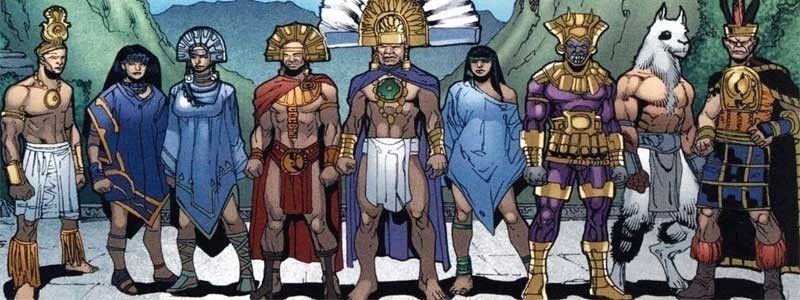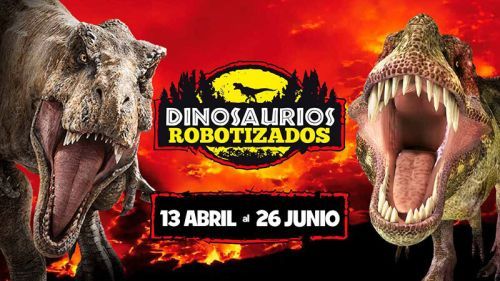Like most ancient peoples, the Incas and their contemporaries worshipped multiple gods. Yet there was an unmistakable tendency for each group to recognize a single god as supremely significant, at least so far as its own tribal fortunes were concerned.
For the Incas at Cuzco this god was Inti, the sun. For the tribes of the northern coast it was Con, or Kon, also called Coniraya, the meaning of whose name is not now known. Another god of surpassing importance was Viracocha, whose cult may have originated on the shores of Lake Titicaca.
As the Incas grew in prominence, they revised their traditional form of worship and made it into a state religion worthy of their imperial ambitions. Inti, the sun, remained their special protector; the sun was still believed to be the ancestor of the Inca race, with the Inca himself revered as a kind of human embodiment of the sun's power. But the god Viracocha was now called upon to function as ultimate Creator. According to the new teaching, Viracocha had created all things, including the sun. Admirable prayers were composed in his honor, and he was given such names as Ticsi, meaning "foundation," and Pachayachachic, "instructor of the world."
The original meaning of the name Viracocha was perhaps already lost by Inca times. But there are indications that at least some native thinkers interpreted it to mean "foam of the sea," from vira ("fat" or "grease") and cocha ("sea").
The cult of Viracocha became the official religion of the empire. But the manner in which it was adapted to the worship of ineradicable local gods varied from place to place. The divinity Coniraya, for example, was simply identified with Viracocha, who was then recognized in certain regions as Coniraya Viracocha or as Con Ticsi Viracocha.
In the province of Huarochiri in the central highlands the local god Pariacaca came to be regarded, not as identical with Viracocha, but as Viracocha's son. Pariacaca and his son, Macahuisa, are the principal divinities mentioned in the legend of Topa Inca and The Storm. The legend shows how the Inca came to respect these gods and to pay them homage.
Two other local gods, of even greater fame, were Catiquilla, worshipped at Huamachuco in the northern highlands, and the formidable Pachacamac, whose shrine was near the present-day seacoast town of Lurín, about 20 miles (32 km) south of Lima. Both Catiquilla and Pachacamac were well-known oracles. That is, their statues were supposed to answer questions, give advice, and predict the future. In some cases at least, the prophecy was spoken by a priest hiding behind the idol.
It is interesting to note that ancient Peruvian religion, like Catholicism, included the confession of sins. It also included a convent system, whereby certain women, who were forbidden to marry or have relations with men, lived apart in carefully guarded communal houses. These women are usually referred to as "sun maidens" or "daughters of the sun."




























